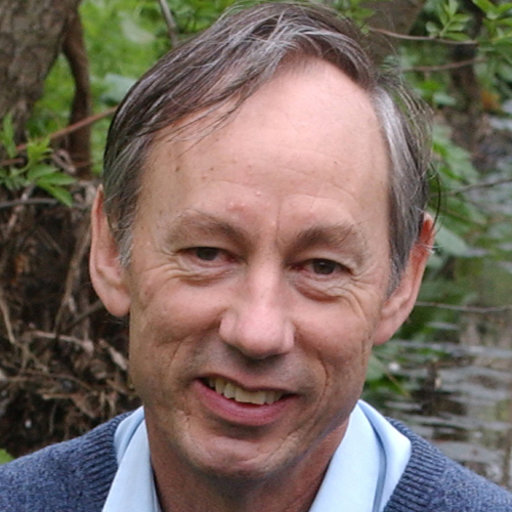It is impossible for scientists to say which toxic chemicals pose the biggest risk to health, wildlife and the environment, experts have told politicians, because of the sheer number.
Non-stick frying pans, flame-retardant sofas and shirts that hide sweat typify everyday products that pour chemicals into a toxic cocktail, quietly building up in humans and wildlife.
And with new ones coming into use faster than dangerous ones are banned, and few facts about the harm they cause, scientists are in the dark over what does most damage.
That’s the alarming message world-leading ecotoxicologist Professor John Sumpter gave the House of Commons Environmental Audit Committee as it started its inquiry into toxic chemicals in daily life.
“There’s a huge number of chemicals in use,” said Prof Sumpter, based at Brunel University London. “Most of them are in the environment and most of them are in you and me.
“And we are still putting into the environment large numbers of pretty much unidentified, highly persistent chemicals, which makes it impossible to say which we should be most concerned about. I wish I could.”

The inquiry will look at how toxic chemicals in everyday items – such as furniture, food, clothes and toys – affect the environment and human health. These include flame retardants and polychlorinated biphenyls (PCBs), which take years to break down. It will ask if the Government’s 25 Year Environment Plan, which pledges to cut harmful chemical levels in soil and rivers, is enough to protect people and the environment.
Speaking at its recent launch, Prof Sumpter dubbed the plan ‘extremely aspirational’ and lacking in detail. Europe has some of the world’s strongest chemical regulations, he noted, saying he doubts the UK has the expertise to replace them.
Amid moves to regulate toxins now known as harmful, such as PCBs in electrical items and the Teflon that coats non-stick cookware, and as hormone-disrupting parabens fade from use in shampoos, new ones appear at a vast rate, said Prof Sumpter. “The number of chemicals piling up is much greater than the ones we are managing to test.
“There is not a hope in hell that we would be able to predict what a chemical might do if you or I have very low concentration and pass it on to our offspring.
“The only sensible strategy is probably to say we need to be using many less chemicals. And we are going in the opposite direction at the moment.”
Reported by:
Hayley Jarvis,
Media Relations
+44 (0)1895 268176
hayley.jarvis@bruenl.ac.uk